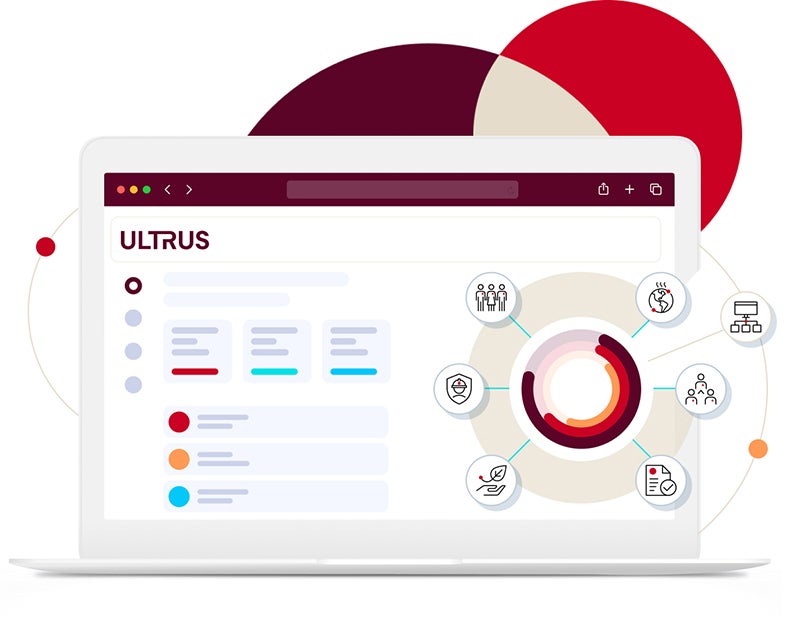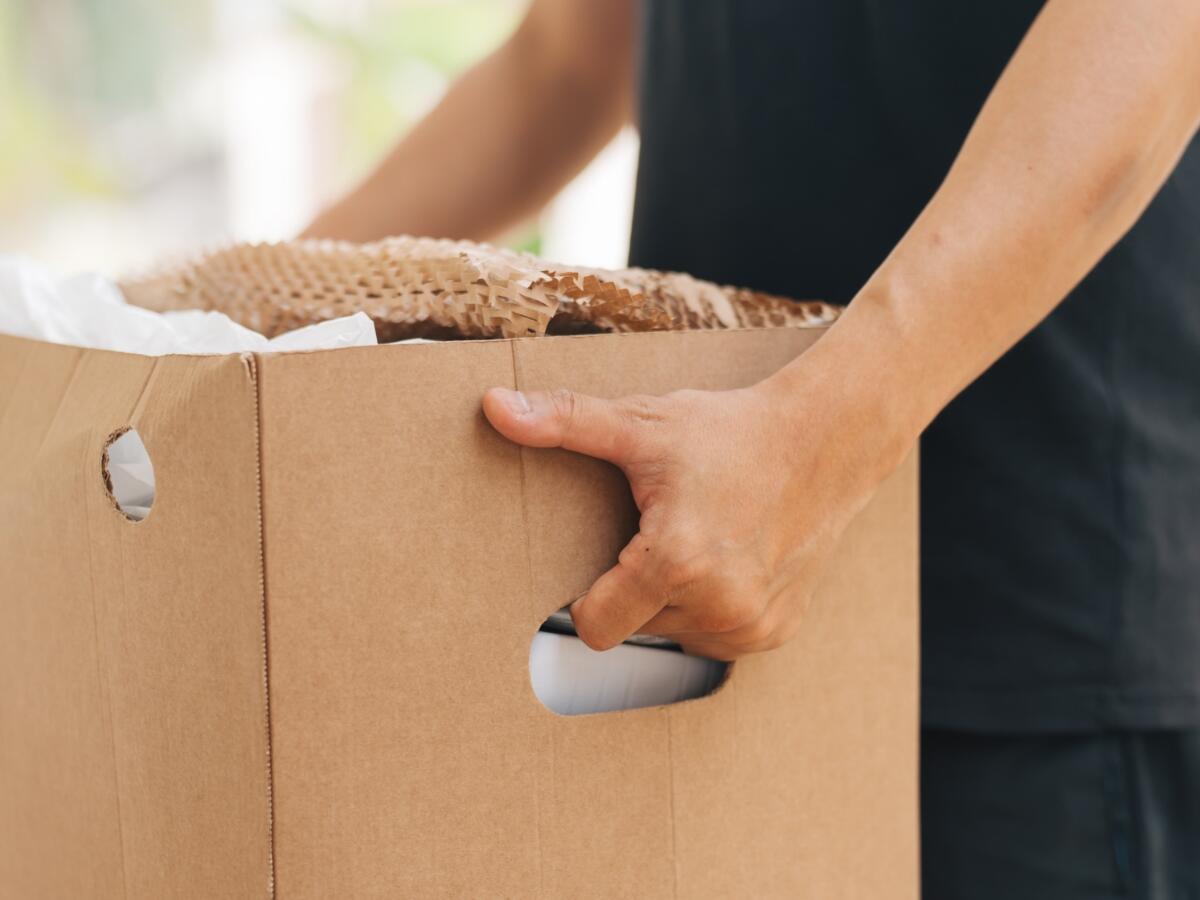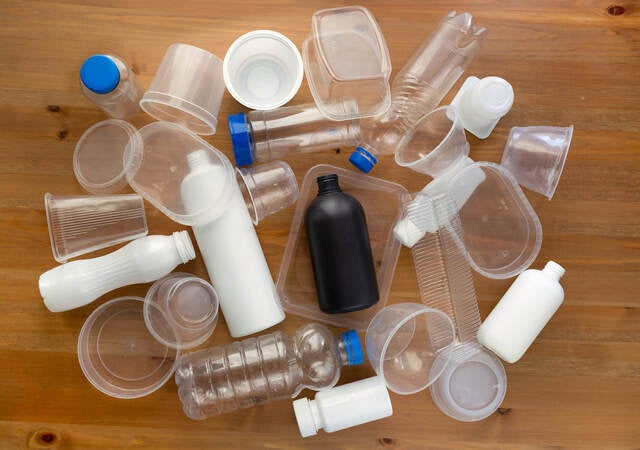Product packaging and its waste can significantly impact the environment and human health. On Jan. 22, 2025, Regulation (EU) 2025/40 of the European Parliament and of the Council of 19 December 2024 on packaging and packaging waste, amending Regulation (EU) 2019/1020 and Directive (EU) 2019/904, and repealing Directive 94/62/EC was published in the Official Journal of the European Union.
The Packaging and Packaging Waste Regulation (PPWR) aims to standardize packaging management in the European Union’s (EU) common market, minimize packaging waste, reduce the use of primary raw (virgin) materials and promote packaging sustainability and safety for human health. The goal of PPWR is to help streamline the transition to a circular economy and climate neutrality.
This regulation introduces key updates, including reducing the weight and volume of certain packaging and restricting the use of specific packaging formats. Other changes include the future definition of “recyclability” that will apply to all packaging, along with requirements for reuse, refilling, collection and treatment of packaging waste.
The requirements related to assessing packaging conformity, issuing technical documentation, the EU Declaration of Conformity (DoC) of the packaging and meeting new labeling standards are also highlighted.
In addition, innovations have been introduced regarding extended producer responsibility (EPR).
The regulation also restricts the content of certain per- and polyfluoroalkyl substances (PFAS) in food contact packaging.
Finally, a list of specific substances of concern (SoCs) is expected to be identified, including obligations to communicate and reduce their presence in packaging above certain limits through standardized and open digital marking technologies.
The PPWR came into force on Feb. 11, 2025, with a general application date of Aug. 12, 2026. However, specific requirements will take effect on different dates.
The publication of implementing acts, standards or related guidelines for various requirements is expected to follow, clarifying certain provisions and, in some cases, making them legally enforceable.
The PPWR also repeals the current European Packaging Directive 94/62/EC (PPWD) as of Aug. 12, 2026, except for specific requirements for which repeal dates will apply later.
Main provisions of the PPWR
Key provisions introduced by the PPWR include:
- Requirements for packaging recyclability, to be established by specific implementing acts
- Requirements for minimum recycled content in plastic packaging, subject to implementing acts to define their criteria
- Restrictions on the use of certain packaging formats
- Compostability requirements for specific packaging formats
- Definition of “reusable packaging,” subject to integration by a delegated act
- Introduction of reuse obligations for the takeaway sector for hot or cold beverages and food ready and intended for immediate consumption
- Provisions concerning the reduction of lightweight plastic carrier bags
- Requirements for minimizing the weight and volume of packaging (for grouped packaging, transport packaging or e-commerce packaging, the maximum empty space ratio, expressed as a percentage, will be 50%)
- Requirements for managing packaging and packaging waste (registration of producers, EPR requirements), and deposit and return systems
- Restrictions on the content of certain PFAS in food contact packaging (this requirement is not present in the PPWD)
- Limits on the content of certain heavy metals (lead, cadmium, mercury, chromium (VI)) in all packaging; although the PPWR currently maintains the same limit as the PPWD, this limit may be lowered
- New EU-wide labeling requirements for packaging. Labels must include the identification of the manufacturer and, if any, the importer of the packaging as well as the type, batch, serial number or other identifier that allows for traceability. In addition, based on specific implementing acts, other environmental information shall be provided, partly physically affixed to the packaging and partly conveyed via a QR code (or similar methods). Specific implementing acts will be published to apply some of these requirements.
- The first list of SoCs has yet to be defined
- Provisions on the labeling of waste receptacles for the collection of packaging waste
- Specific provisions on certain environmental claims relating to packaging
- Definitions and obligations for economic operators regarding packaging
- Requirements for the specific conformity assessment procedure of packaging, the issuance of technical documentation and of an EU DoC for the packaging
PPWR application dates
Given the regulation’s complexity and gradual application, this section provides an overview of the PPWR application dates based on the current information available.
From 2025
| Requirement | Date of application | Notes |
| Definition of reusable packaging | Feb. 12, 2025 | Article 11(1) is already in force; this definition will be supplemented in 2027 |
| Recycling targets and promotion of recycling | Dec. 31, 2025 | Same limits as the PPWD for 2025; stricter targets from Dec. 31, 2030 |
From 2026
| Requirement | Date of application | Notes |
| Restrictions on the content of certain heavy metals | Aug. 12, 2026 | Same requirements as PPWD |
| Restrictions on the content of certain PFAS in food contact packaging | Aug. 12, 2026 | |
| Type, batch, serial number or any other element that allows the identification of the packaging | Aug. 12, 2026 | On the packaging |
| Identification of the manufacturer/importer | Aug. 12, 2026 | On the packaging or with a QR code |
| Provisions relating to environmental claims | Aug. 12, 2026 | |
| Procedures for verification of compliance | Aug. 12, 2026 | |
| Technical documentation | Aug. 12, 2026 | |
| EU DoC | Aug. 12, 2026 | |
| Definitions of the various economic operators and their respective obligations | Aug. 12, 2026 | |
| EPR and related obligations | Effective Aug. 12, 2026 | Various dates |
| Definition of the list of SoCs | By Dec. 31, 2026 | To be issued by the European Commission (EC) and European Chemicals Agency (ECHA) |
From 2027
| Requirement | Date of application | Notes |
| Integration of the definition of reusable packaging regarding the minimum number of rotations | Feb. 12, 2027 | A minimum number of rotations for the reusable packaging formats most frequently reused will be established |
| Guidelines on restrictions on the use of specific packaging formats | Feb. 12, 2027 | |
| Mandatory refills required for the takeaway food and beverage sector | Feb. 12, 2027 | |
| Deadline for the definition of specific sanctions by member states | Feb. 12, 2027 |
From 2028
| Requirement | Date of application | Notes |
| Publication of the first criteria for the recyclability of packaging | Jan. 1, 2028 | Further publications to be made by Jan. 1, 2030 |
| Minimization of empty space in retail packaging | Feb. 12, 2028 | The EC may publish implementing acts for clarification |
| Review of the state of technological development and environmental performance of bio-based plastic packaging | Feb. 12, 2028 | The EC may present a proposal for regulation after the review |
| Requirements on the compostability of some packaging | Feb. 12, 2028 | |
| Possibility of obtaining hot or cold beverages or ready-to-eat food intended for takeaway consumption in reusable packaging | Feb. 12, 2028 | Applicable to the Accommodation and Food Service Activities sector — hotel, restaurant and café/catering (HORECA) |
A label is physically affixed to the composition materials to facilitate consumer packaging sorting
| Starting Aug. 12, 2028, or 24 months after the date of entry into force of the implementing acts, whichever is later | Other labeling requirements may apply on other dates |
| Label containing information identifying the percentage of recycled content |
From 2029
| Requirement | Date of application | Notes |
| Labeling of packaging as reusable | Feb. 12, 2029, or 30 months after the date of entry into force of the implementing act, whichever is later | Packaging bearing a label with additional information that can be conveyed with a QR code |
| Setting up deposit and return systems for single-use plastic beverage bottles and metal beverage containers with a capacity of up to a maximum of three liters | Jan. 1 2029 | |
| Definition of collection objectives | Jan. 1 2029 | To be defined by the Member States |
How UL Solutions can help
UL Solutions offers a wide portfolio of services designed to support the safety, quality and sustainability of your packaging. Our services can help you demonstrate their performance, chemical safety and environmental impact.
We can test packaging according to applicable International Safe Transit Association (ISTA) standards and Amazon Packaging Support and Supplier Network (APASS) requirements.
Get connected with our team
Thanks for your interest in our products and services. Let's collect some information so we can connect you with the right person.




